Many local agencies are choosing to use a rapid penetrating emulsion (RPE) to fill asphalt pavement voids and reduce air and water intrusion. As a result, Asphalt Material’s AMIGUARD™ product portfolio has gained momentum with many successful projects.
AMIGUARD RPE is specially formulated to penetrate asphalt pavements quickly and thoroughly. Its reduced surface tension allows it to seep into the pavement voids quickly, so drivers can get back on the road sooner. Using RPE soon after pavement construction can be a wise investment. Air voids adversely affect pavement life, so proactively reducing pavement permeability extends pavement life. The penetrating nature of RPE means the asphalt residue gets “in” the pavement rather than “on” the pavement. RPE is most effective if applied within the first year of the pavement’s construction.
Benefits of using AMIGUARD RPE include:
- Fast cure time
- Lower pavement permeability
- Quick water resistance after placement
- Short time to return to traffic
- Maintenance of surface macro texture
- Full width capabilities
- Improved thermoplastic striping adhesion
Below we share some recent AMIGUARD RPE project successes.
25th Street in Bartholomew County, Indiana
July 25, 2023
The highly traveled 25th Street in Bartholomew County is a 4.5-mile two-lane highway that starts at the Columbus city limits and runs to Indiana SR-9 on the eastern end.
While RPE is not only used on high-traffic roadways, it is a great option for agencies looking to get the most life out of busy road pavement as possible. Proactive pavement protection not only stretches infrastructure dollars, but it also keeps crews off the road more often, resulting in safer roadways for drivers and less risk for crews.
“Using RPE we can fill pavement voids with asphalt residue. The material penetrates down into the pavement instead of staying on top of the surface and keeps water out,” said AMI Sales Representative Nate Jenkins. “If we are able to keep water from saturating the pavement, we can help to extend the pavement life.”
This project was a full-width application, and the road was paved by AMI sister company Milestone Contractors. The RPE was also applied by Milestone. Since this was a high-profile road within the county, it was important the investment lasts as long as possible. The treatment and the agency see the most benefit when used with new hot mix asphalt (HMA) and applied the same year as construction.

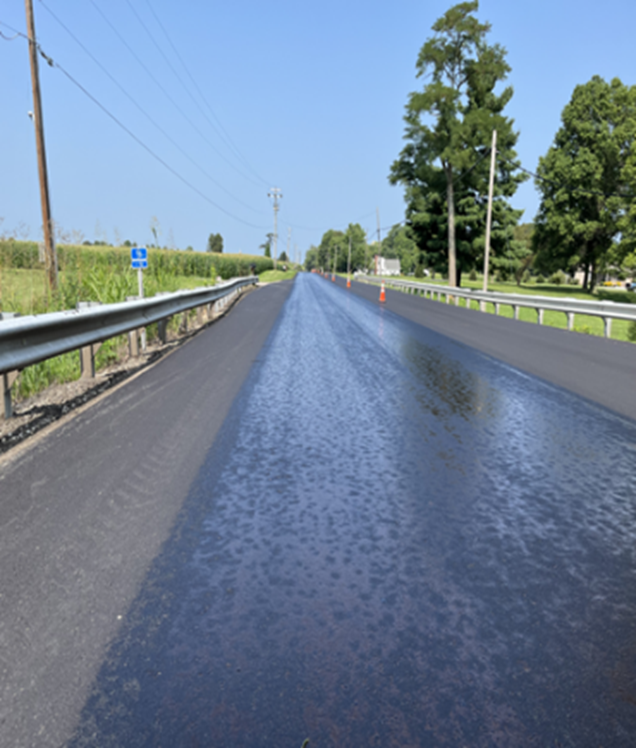

CTH S, T, and W in Dodge County, Wisconsin
August 21, 2023
Costs for reconstruction and paving are higher than ever, yet construction budgets often lag real time costs. That makes protecting investments like a newly paved road vitally important. Dodge County leadership believes strongly in preventive, rather than reactive, treatment. Using AMIGUARD RPE immediately after paving but before striping helps counties place “material insurance” on their new roads and ideally extend maintenance timelines for those roads. This project covered approximately 10 miles of County Trunk Highways S, T, and W in Dodge County, Wisconsin.
AMIGUARD RPE was chosen for this project because most other “early-life” asphalt pavement treatments cannot deliver on all the key attributes that RPE offers: single pass application, no chips or loose aggregate, minimal change in macro-texture, reduced permeability by way of delivering unaged asphalt residue into the mixture, and excellent stripe adhesion.
“Water intrusion is one of the greatest factors in reducing longevity of all civil infrastructure, pavement included,” said AMI Specialty Products Engineer Dan Swiertz. “By filling interconnected air voids with unaged asphalt residue, RPE should also provide durability enhancing benefits such as reduced graying, reduced raveling of the surface mastic, and potentially better top-down cracking resistance. Altogether these factors are additive, making RPE a very cost-effective means to extend performance of pavements.”
On a square yard basis, AMIGUARD is extremely cost-competitive and fits easily into county operations. Having never used the product, sales and technical staff from AMI worked with Dodge County to understand the product and process, building off an already strong relationship.
While both projects listed were full width applications, meaning RPE was applied across the entire width of the pavement, RPE can also be used as a very effective longitudinal joint treatment by applying the product in a band centered on the joint. One key application is sealing centerline rumble strips. Used in conjunction with a pre-construction treatment like void reducing asphalt membrane (VRAM), application of RPE on the joint can create a very strong joint. The benefit of combining these two treatments can at times be greater than the sum of the treatments individually.
Vermillion County, Indiana
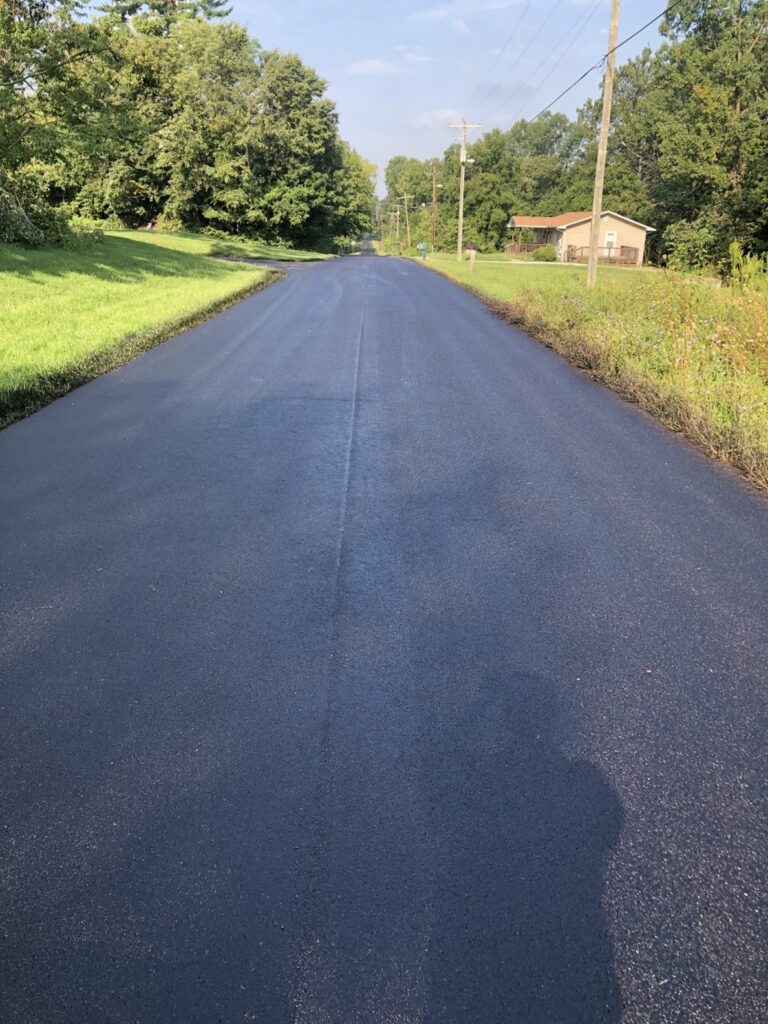
Vermillion County Commissioner Brit Luther applied for a Community Crossings Matching Grant (CCMG) 2023 Round 1with a variety of pavement preservation treatment options including HMA paving, RPE full width fog seal, cape seal, and traditional chip and fog seals. Roads with Pavement Surface Evaluation and Rating (PASER) ratings of less than three generally require an HMA overlay, and that was prescribed for a portion of the grant.
Previous HMA projects that were less than three years old were treated with RPE at a rate of 0.15 gsy to reduce near surface permeability. Polymer modified Indiana Department of Transportation (INDOT) type 3P chip seals with subsequent fog seals were placed on HMA surfaces greater than three years old.
One roadway section was residential in nature, providing access to a local golf course. Its options were considered “in between” HMA and simple chip seal treatment. Recommendations for this section included a cape seal, or combination of the Type 3P chip seal with micro surfacing placed in lieu of the fog seal. Work is currently underway and will be completed by the end of the current construction season. The expectation is that no further work will be required on these roads for up to eight to 10 years.
The “Road to 30”
The “Road to 30” is a pavement management philosophy that is a marriage of the long-standing mantra “the right treatment on the right road at the right time” and the continued development and improvement of specialty asphalt products designed to extend pavement life expectancy. Whereas traditional pavement designs typically assume a pavement life of 15-20 years, with well-timed treatments before (such as VRAM) and after (such as AMIGUARD RPE) construction, we believe this timeline can stretch to 25 or 30 years or more.
Read more about our work with RPEs below.
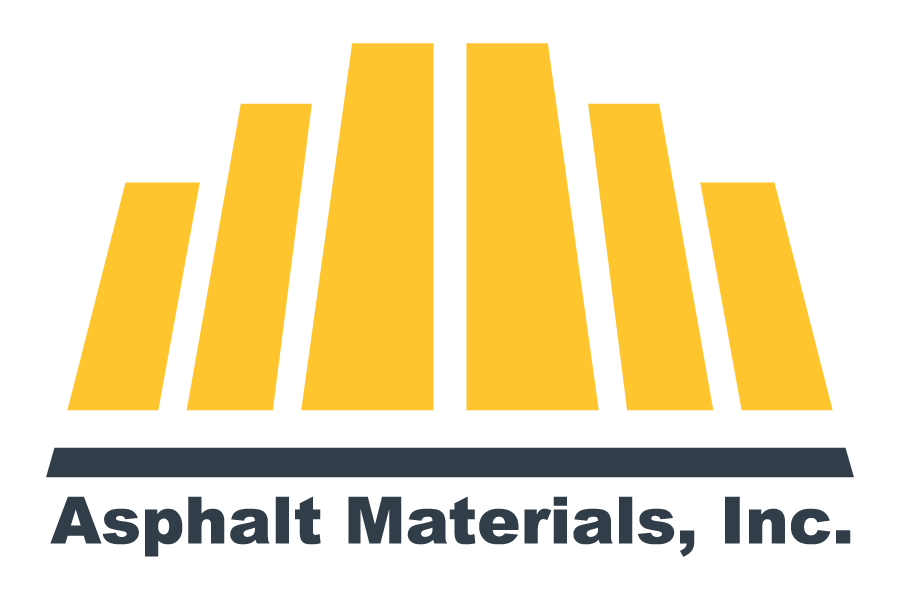
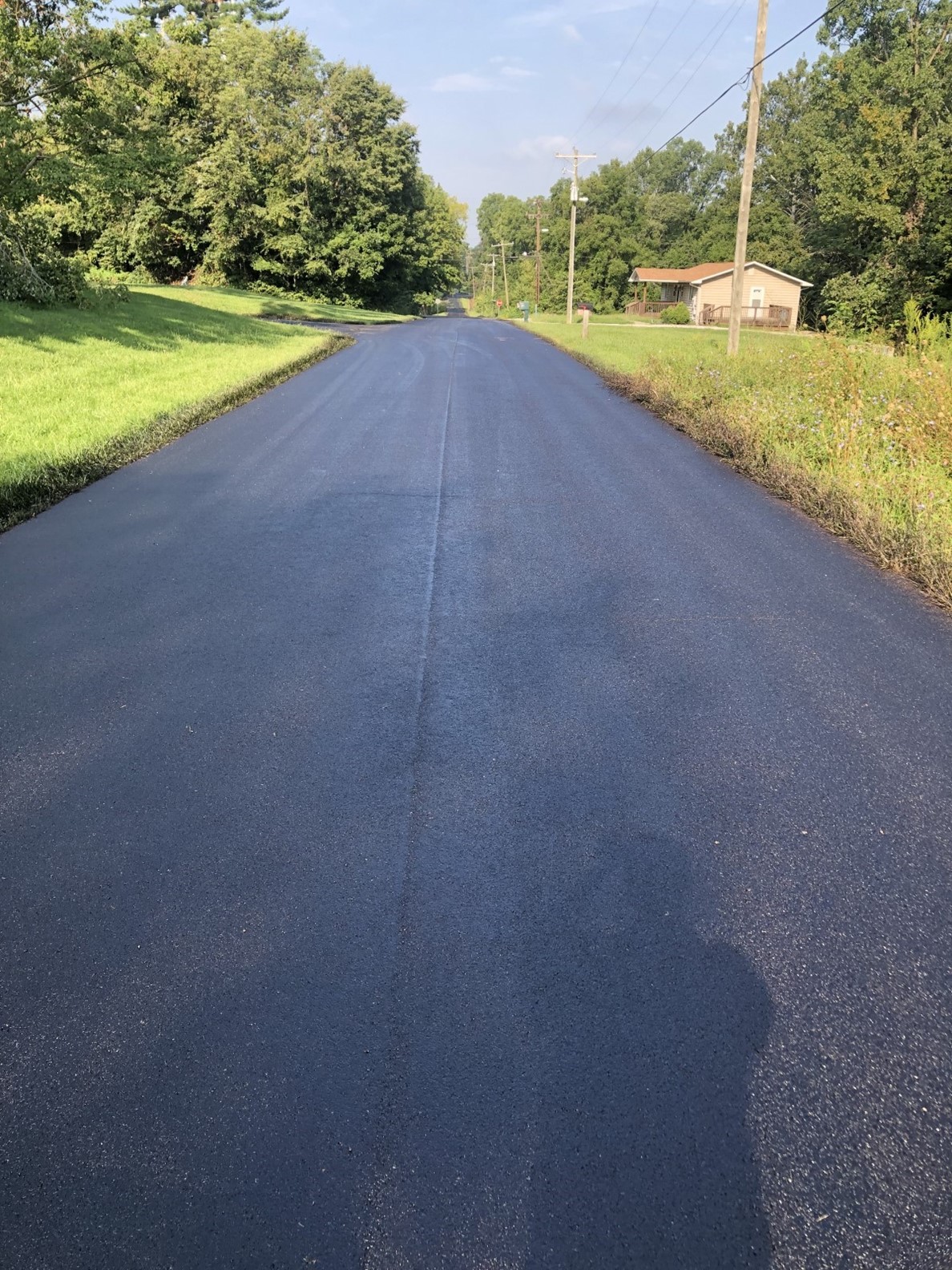



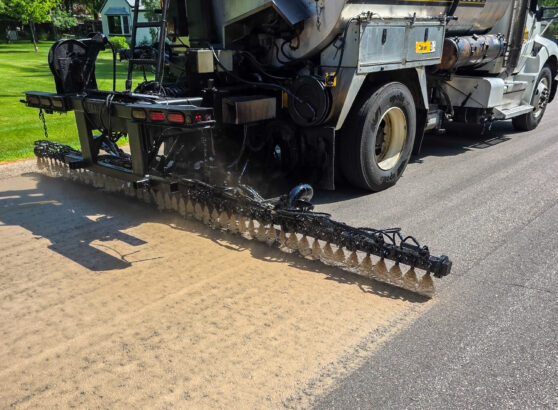
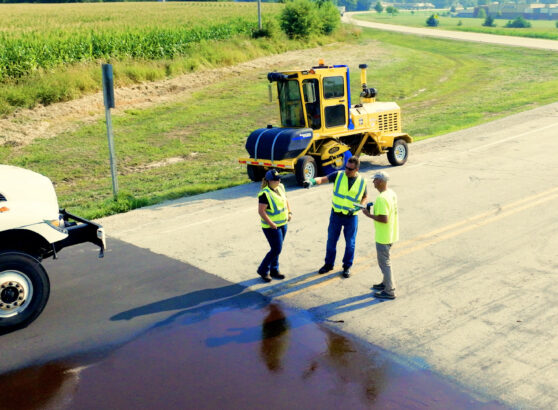

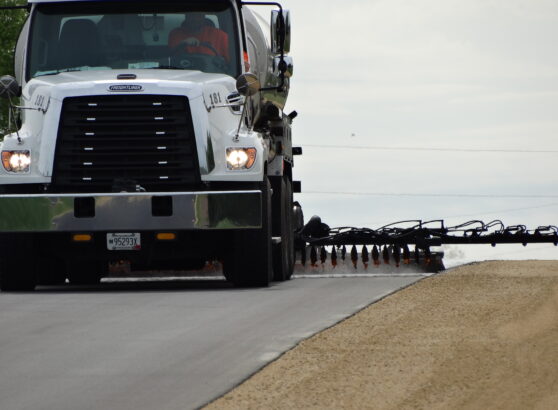
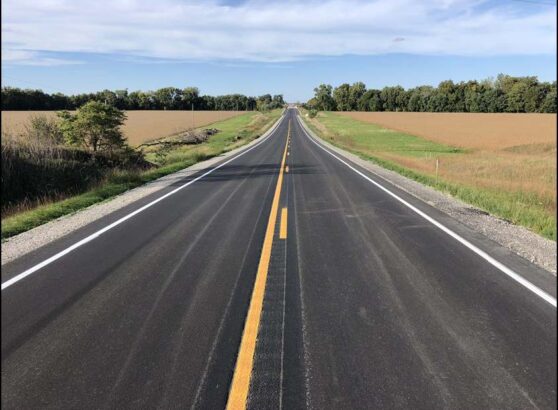




Recent Comments